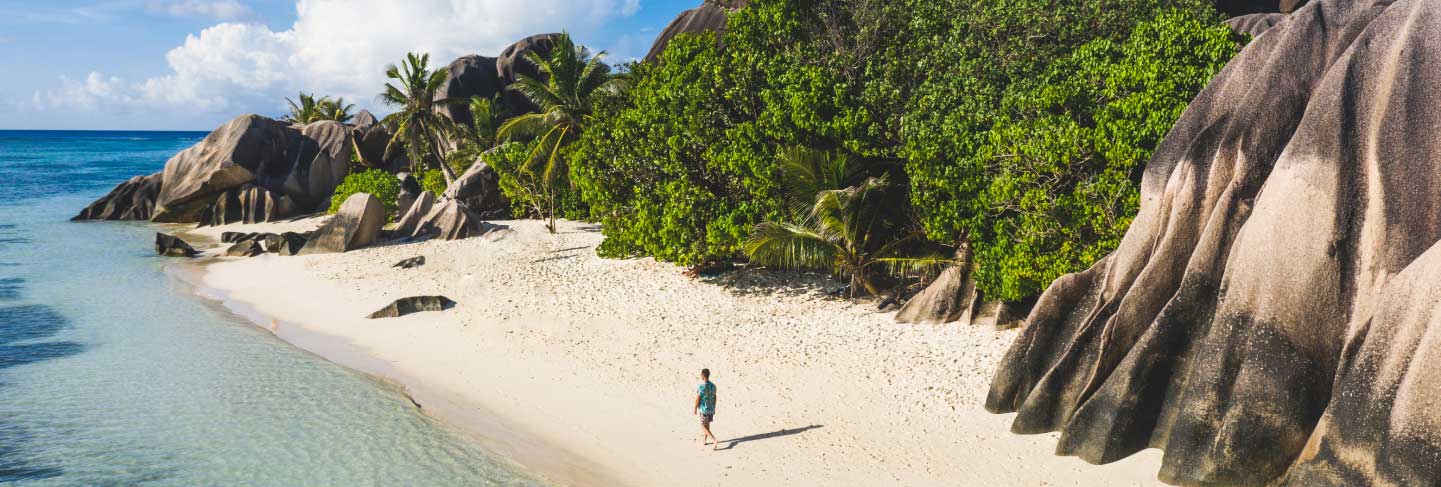Sea Turtle Conservation in Costa Rica
Join GVI's Costa Rica turtle conservation program to support our partners in rescuing sea turtles.
Popular program.
Limited availability.
Durations: 2 - 12 weeks
Book with confidence
Travel flexibility, because life happens! Modify your booking, even up to 48 hours before departure. T&Cs apply.
Program information
Get the rare opportunity to help protect leatherback, green and hawksbill sea turtles with our Costa Rica turtle conservation program. Join local projects to protect turtle nesting and hatching sites. Have an epic adventure with like-minded people. Live near the beach in Cahuita, surrounded by pristine coastline and lush rainforest, while contributing to vital marine conservation efforts.
Grants available for up to USD13,000!
Get a GVI Foundation Grant of up to 80% on conservation programs. Everyone is invited to apply by 31 Jul.
Book with confidence
Travel flexibility, because life happens! Modify your booking, even up to 48 hours before departure. T&Cs apply.
Included in your program, at no extra cost.
Make the most of our unique programs with these exclusively curated local adventure and wellness experiences.
Offered once a month, expand your adventure with GVI Experiences. These are just some of the activities offered on your program!
Walk to natural tidal pools
Explore Cahuita National Park
Secluded beach sunrise
Volleyball on the beach
Listen to live music at a reggae bar
Stargaze from a secluded beach
Paint your own pottery souvenir
Yoga on the beach
Connect with our alumni
Want to connect with some of our past participants about their adventures? Get in touch with hundreds of friendly ambassadors all over the world who would be more than happy to answer any questions.
Connect with us
Join our Virtual Open Day!











































